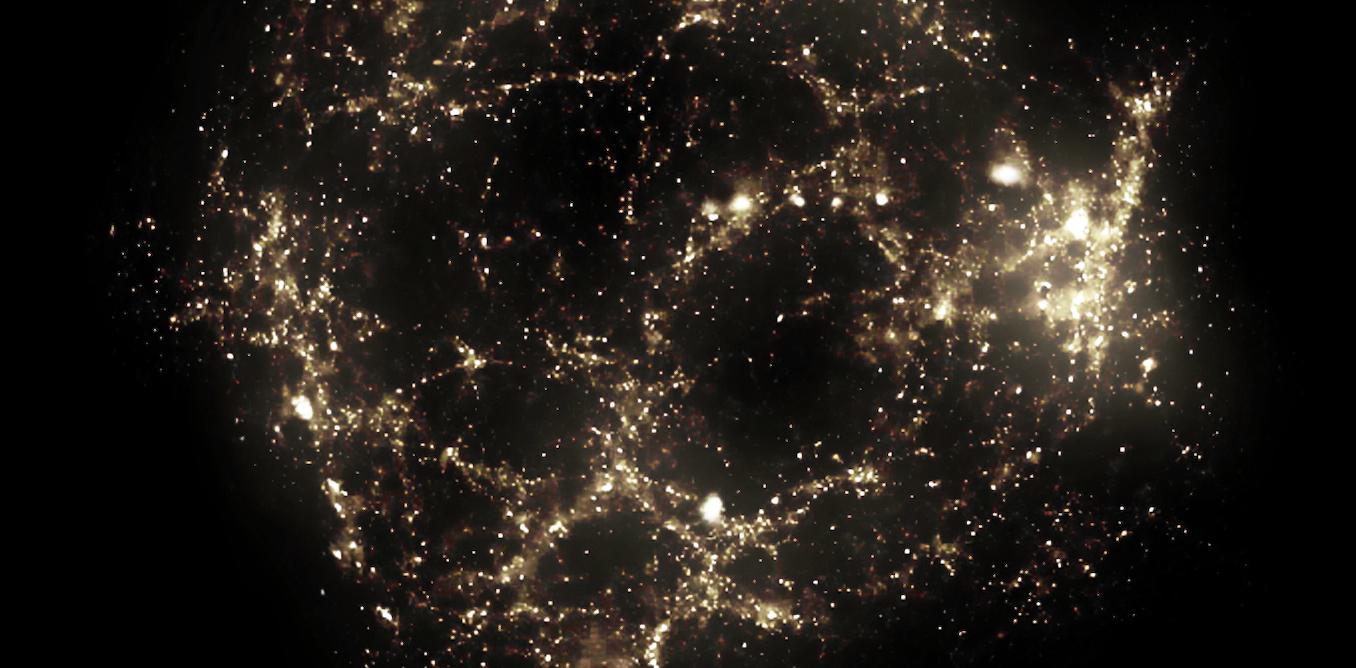One of the biggest mysteries in cosmology is the rate at which the universe is expanding. This can be predicted using the standard model of cosmology, also known as Lambda-cold dark matter (ΛCDM). This model is based on detailed observations of the light left over from the Big Bang – the so-called cosmic microwave background (CMB).
The universe’s expansion makes galaxies move away from each other. The further away they are from us, the more quickly they move. The relationship between a galaxy’s speed and distance is governed by “Hubble’s constant”, which is about 43 miles (70 km) per second per Megaparsec (a unit of length in astronomy). This means that a galaxy gains about 50,000 miles per hour for every million light years it is away from us.
But unfortunately for the standard model, this value has recently been disputed, leading to what scientists call the “Hubble tension”. When we measure the expansion rate using nearby galaxies and supernovas (exploding stars), it is 10% larger than when we predict it based on the CMB.
In our new paper, we present one possible explanation: that we live in a giant void in space (an area with below average density). We show that this could inflate local measurements through outflows of matter from the void. Outflows would arise when denser regions surrounding a void pull it apart – they’d exert a bigger gravitational pull than the lower density matter inside the void.



I think you’re confusing two different ideas of “void”. You’re talking about outer space in general being mostly space but the article is talking about a contrast in the density of matter distributed in different areas of the universe, using the word “void” to refer to an area of low density.
I could not possibly care less. Go f#ck yer mum and keep telling yourself how great you are.